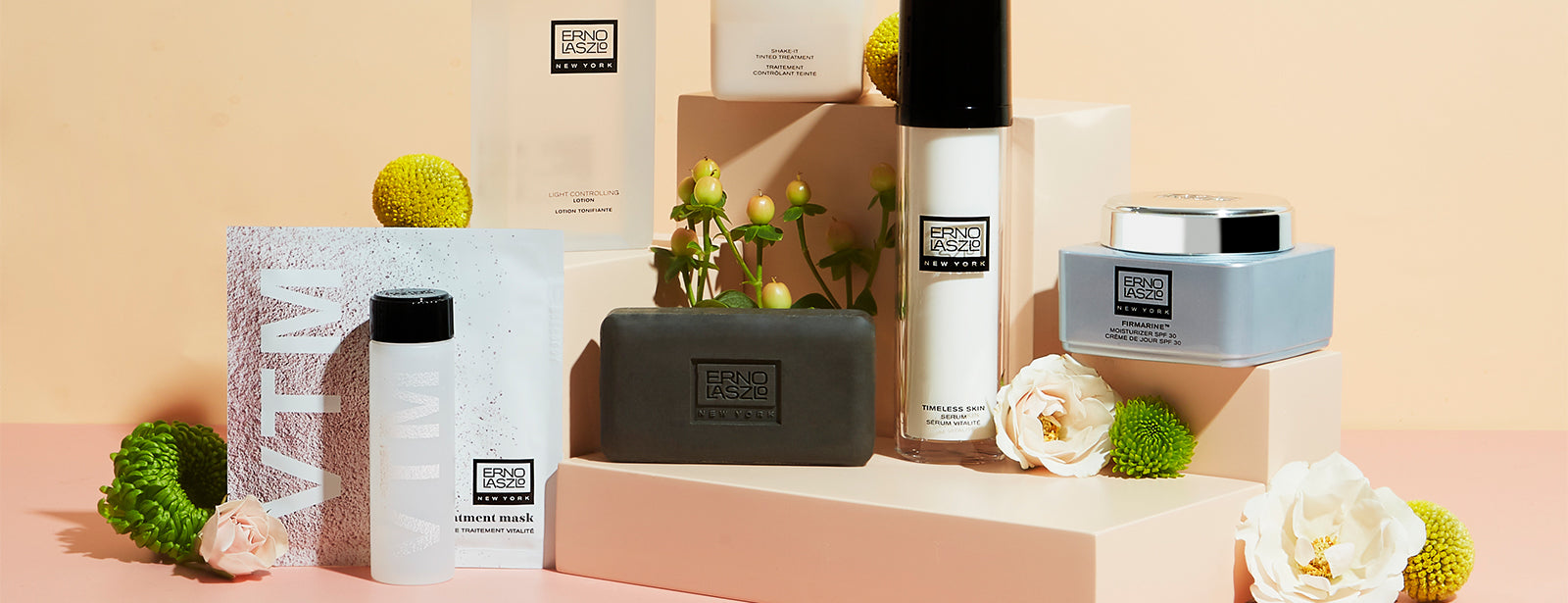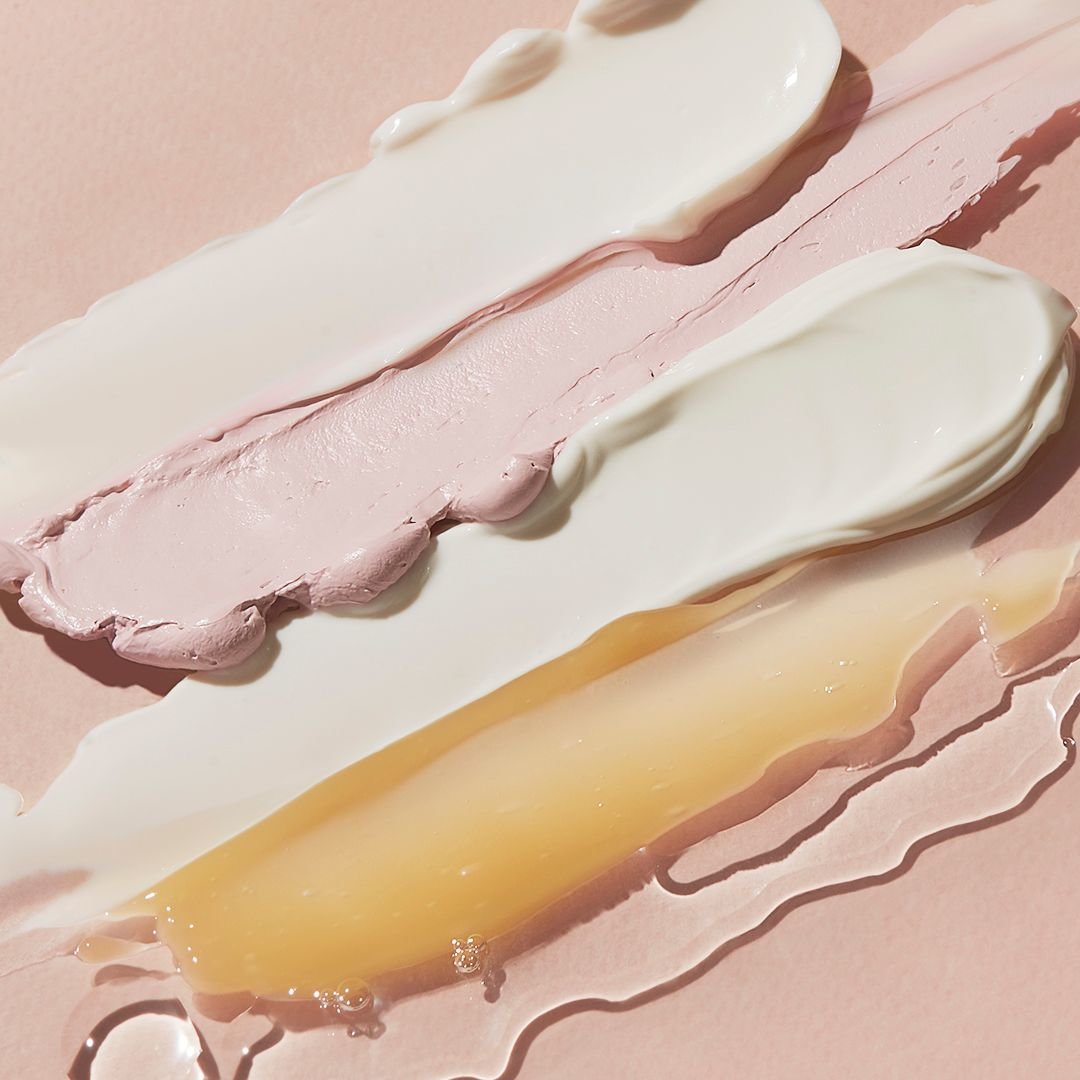
SPF: Am I Using It Correctly?
How Much SPF Do I Need?
To safely cover your skin in SPF and protect it from sun exposure, a nickel-sized dollop of sunscreen should be used. This would be equivalent to “two fingers” of SPF, from the base of the index and middle fingers to the tips. As a reminder, SPF must be reapplied every two hours, in order to maintain protection throughout the day!

What Does SPF Stand For?
SPF stands for “Sun Protection Factor,” meaning that it tells you how long the sun’s UVB radiation would take to redden versus the amount of time without using any sunscreen. This means that SPF 30 has twice the UVB protection offered by SPF 15. But, this is reliant on applying the appropriate amount and in an even manner.
The numbers that you see that follows “SPF” is found via a calculation of protection and sun rays- it does not refer to how “long” an SPF lasts. It’s also important to note that, based on this equation, that the protection isn’t linear:
- SPF 15 blocks 93% of UVB radiation. Try our cult-favorite Phelityl Day Lotion SPF 15
- SPF 30 blocks nearly 97% of UVB radiation. Try Firmarine Moisturizer SPF 30
- SPF 50 blocks approximately 98% of UVB radiation
This is a measure of UVB rays only- it doesn’t account for UVA or blue light protection values. When a sunscreen is considered “Broad spectrum,” it also protects skin in the UVA range.
While blue light is becoming a greater concern as we spend more time in front of devices, there is no true definition for “blue light” by the FDA, but it’s still necessary to protect against oxidative damages. Look for SPF formulas that utilize antioxidants in order to protect skin from light in this wavelength.
What Are the Different Types of SPF & How to Identify Which One Is Right for You:
Chemical sunscreen, which is absorbed into the skin, absorb UV rays as they attempt to enter the skin. These sunscreen filters need to be applied 30 minutes before going outdoors to let the ingredients fully bind to the skin.
Chemical filters: Avobenzone, Homosalate, Oxybenzone, Octisalate, Octinoxate, Octocrylene, Omosalate
Physical sunscreens use mineral ingredients and work by sitting on top of the skin to deflect damaging UV rays from the skin. They are naturally broad spectrum, meaning that they protect skin from both UVA and UVB rays.
They take effect immediately and can be applied right before sun exposure.
Physical filters; Zinc Oxide and/or Titanium Dioxide
The best sunscreen for you is the sunscreen that you will use on a daily basis!

Most Common Misconceptions About SPF?
- As we mentioned earlier, sunscreen doesn’t last all day and needs to be reapplied! Going to protect all day- have to reapply. SPF should be reapplied more frequently as we sweat, swim, or spend time outdoors.
- You should still wear SPF, even while you’re inside! You can still be exposed to visible light and therefore be exposed to rays.
- UV rays penetrate clouds and windows so wearing SPF 365 days a year is essential
- Wearing sunscreen everyday doesn’t mean you will get a vitamin D deficiency! Sunscreen does not prevent vitamin D from absorbing into the skin.
- SPF 100 doesn’t mean 100% protection. You can never achieve complete protection from the sun, even when using it in the appropriate amounts
- You can mix sunscreen with your face cream of foundation
- You are likely not applying enough of the sunscreen to have adequate protection and diluting the active ingredients and lowering its efficacy
- Products should be layered properly and sunscreen should be applied last; once that’s dry, foundation can be applied.




2 commentaires
i love all Erno Laszlo products.thank you so much .
Fanny Wong
Excellent advice! Thanks for this timely post and information.
Therese Lombardo
Laisser un commentaire
Ce site est protégé par hCaptcha, et la Politique de confidentialité et les Conditions de service de hCaptcha s’appliquent.